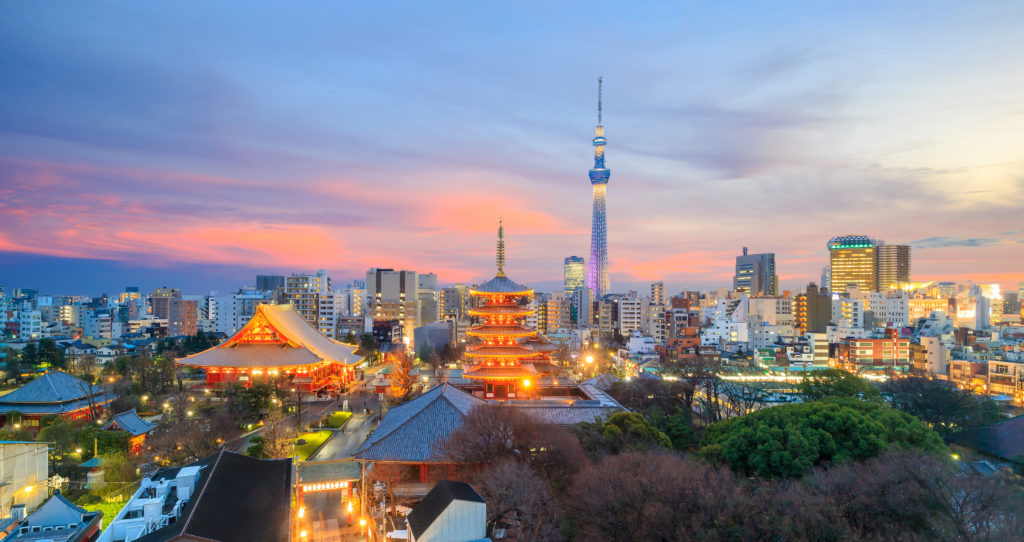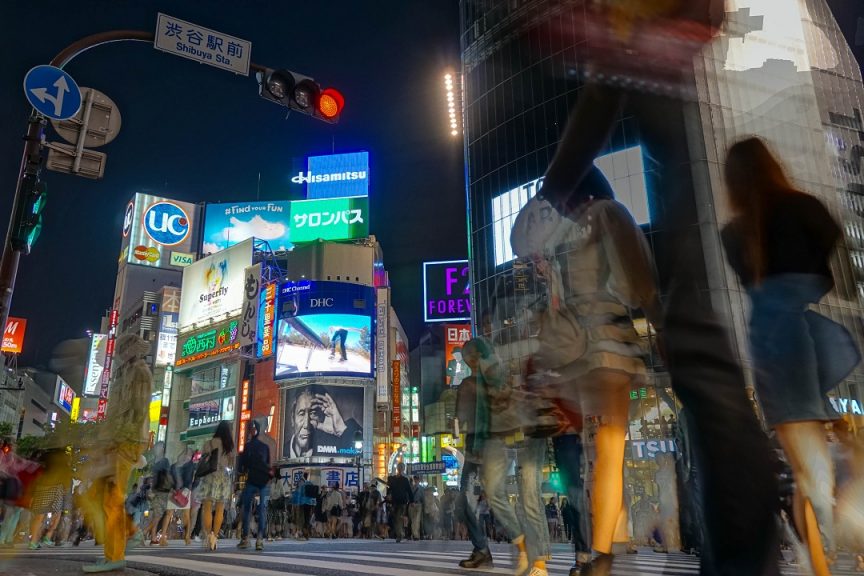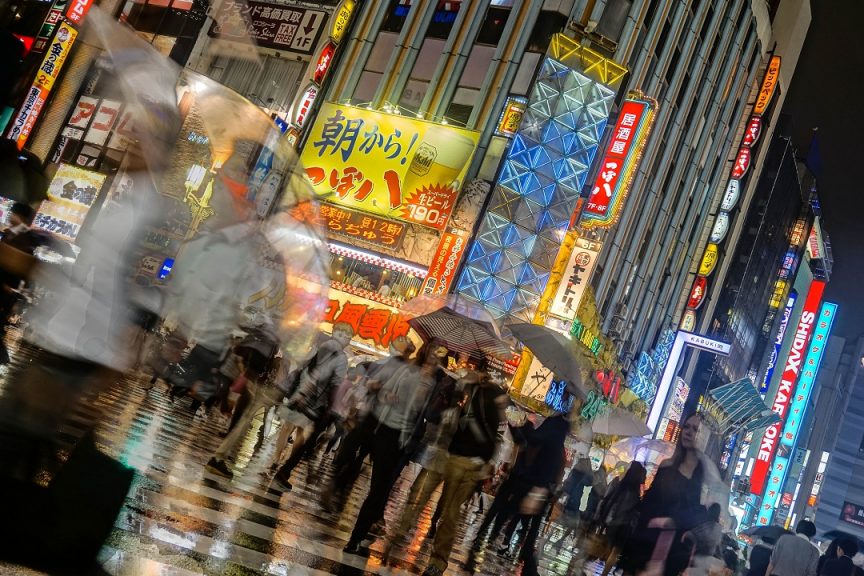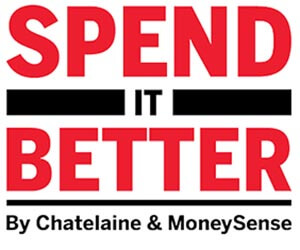How to see Tokyo for less than $1,820
Plus, some splurge options if you're willing to spend a little more
Advertisement
Plus, some splurge options if you're willing to spend a little more



 This post is part of Spend It Better, a personal finance collaboration between Chatelaine and MoneySense about how to get the most for your money. You can find out more right here.
This post is part of Spend It Better, a personal finance collaboration between Chatelaine and MoneySense about how to get the most for your money. You can find out more right here.
Share this article Share on Facebook Share on Twitter Share on Linkedin Share on Reddit Share on Email